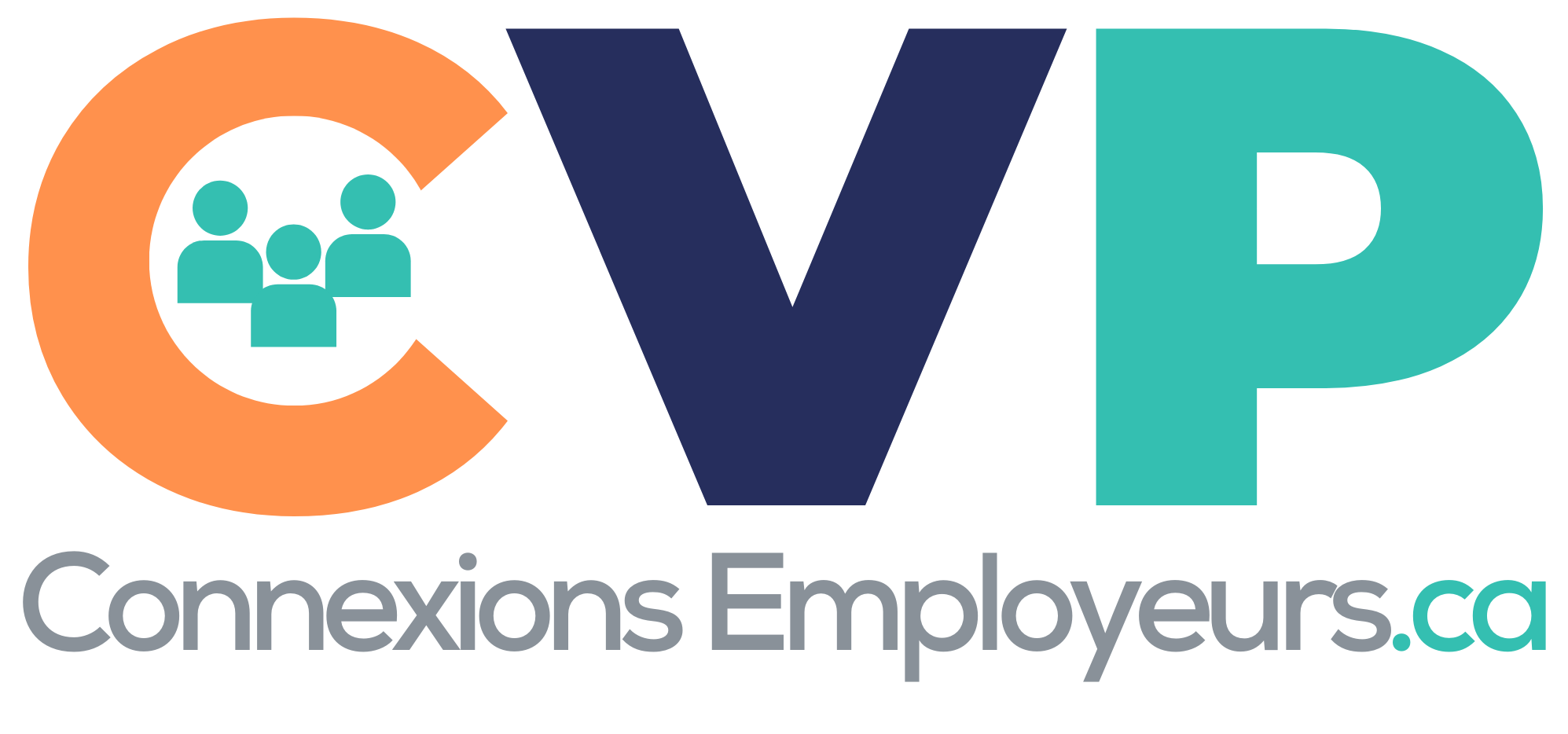To Overcome Resistance to DEI, Understand What’s Driving It

Summary
Employees often resist DEI initiatives, which of course hinders their effectiveness. The authors — experts in the resistance to social-change efforts — write that the key to overcoming resistance to any effort is figuring out why people are resisting. When it comes to DEI initiatives, they argue, people resist because they experience at least one of three forms of threat: status threat, merit threat, and moral threat. Depending on the kinds of threat they experience, they then tend to engage in three kinds of resistance: defending, denying, and distancing. The authors explain these forms of threat and resistance and then offer suggestions for how to overcome them.
_______________________________________________________
In recent years, we’ve seen tremendous growth in diversity, equity, and inclusion initiatives. Many people have eagerly embraced these efforts, but some have criticized and resisted them, including Florida’s governor, Ron DeSantis, who recently announced plans to block state colleges from having DEI programs at all.
This sort of external resistance to DEI initiatives tends to dominate the headlines — but at many organizations, there’s also significant internal resistance to DEI initiatives that leaders need to overcome.
We’ve done extensive research on why people resist social-change efforts and on strategies to overcome that resistance. If you want to make your efforts more effective, we’ve found, the key is to understand why people resist them. This applies to DEI initiatives, which engender several different forms of resistance, each of which demands a different strategic response.
In this article, drawing on some of our recent psychological research, we’ll identify those different forms of resistance and explain what psychological threats drive these modes of resistance. We’ll also offer guidance for framing your efforts in ways that will help you overcome that resistance.
Psychological Threats
DEI initiatives often involve significant organizational changes and thus can elicit threat and concern, particularly from members of majority groups, who have traditionally benefitted from being in the majority and may feel that their organizational status or resources are threatened. This is what’s known as “status threat,” and the people who experience it often perceive diversity initiatives in zero-sum terms. They assume that if members of minority groups make any gains — in opportunities, hires, the potential for promotion — members of the majority group will necessarily incur losses.
Some group members may also fear that DEI initiatives imply that their achievements are not the result of their skills and qualities but rather their group membership. We call this “merit threat,” in which advantaged-group members feel that recognizing the existence of bias, discrimination, and inequality “explains away” their own successes. Merit threat is especially common among majority group members who are strongly committed to value systems that prize hard work and individual merit. It’s also common when a DEI initiative has strong implications for decisions that are usually seen as recognitions of merit, such as promotion.
Finally, majority group members can sometimes experience “moral threat.” This is the sense that if you acknowledge your privilege, you tarnish your moral image by linking yourself to an unfair system. This is most common when majority group members are generally committed to the moral ideal of equality. Because people are fundamentally motivated to see themselves as good and moral, those committed to the ideal of equality may experience threat when a DEI initiative highlights how their group has violated this moral principle.
When majority group members experience one or more of these threats, they respond with three primary forms of resistance.
Pour lire la suite de l’article, cliquez ici.
Source: Harvard Business Review, le 1er mars 2023 by Eric Shuman, Eric Knowles Amit Goldenberg

Réponses